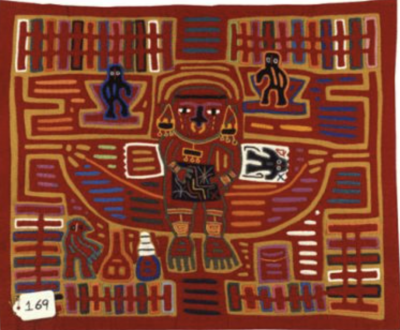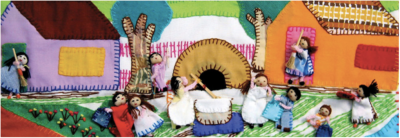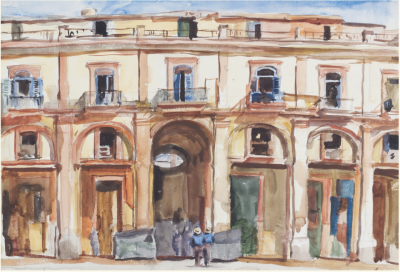This page is dedicated to informing the public about cultural resources around Connecticut and why they are important.
The William Benton Museum of Art
 Molas, Textile Designs of the Guna Indians of Panama
Molas, Textile Designs of the Guna Indians of Panama
This collection is a gift to the William Benton Museum of Art by Theodore Hans in the memory of his wife Elisabeth Hans. The web presentation of this collection is made possible by a ‘Museum for the Millennium’ grant, a Connecticut League of History Organizations initiative funded by SBC/SNET. The images are for educational purposes only and represent a sample of the collection.
Arpilleras: Sewing for Resistance
Folk art? Messages of protest? Historical records? Chilean arpilleras (are-pea-air-uhs; burlap in Spanish) are all of these. The brightly-colored patchwork pictures stitched onto sacking are chronicles of the life of the poor and oppressed in Chile in the 1970s and 1980s during the totalitarian military regime of General Augusto Pinochet Ugarte.

The Lure of Cuba: Reginald Marsh’s Tropical Watercolors, 1924-1930: Catalog
American Scene painter Reginald Marsh (1898-1954) is well known for chronicling popular culture during the 1930s in his vibrant paintings of New York City and Coney Island. Marsh began his artistic career as a cartoonist for The New Yorker, where he covered movies, theater, leisure, and other cultural trends. During the 1920s, he made several trips to Havana, which he captured in illustrations for the magazine and in brightly colored watercolor paintings of the city’s architecture, tropical vegetation, and beaches. With the introduction of direct steamship service from Miami to Havana and the opening of the luxurious Hotel Nacional de Cuba, Havana was becoming a fashionable travel destination for celebrities, socialites, and upper class Americans escaping prohibition. In contrast to his frequently gritty representations of American urban life, Marsh depicted the Cuban landscape from the idyllic point of view of the artist-traveler. This exhibition brings together his rare Cuban watercolor series with postcards and printed material that document Cuba’s appeal as a tourist destination during this period.